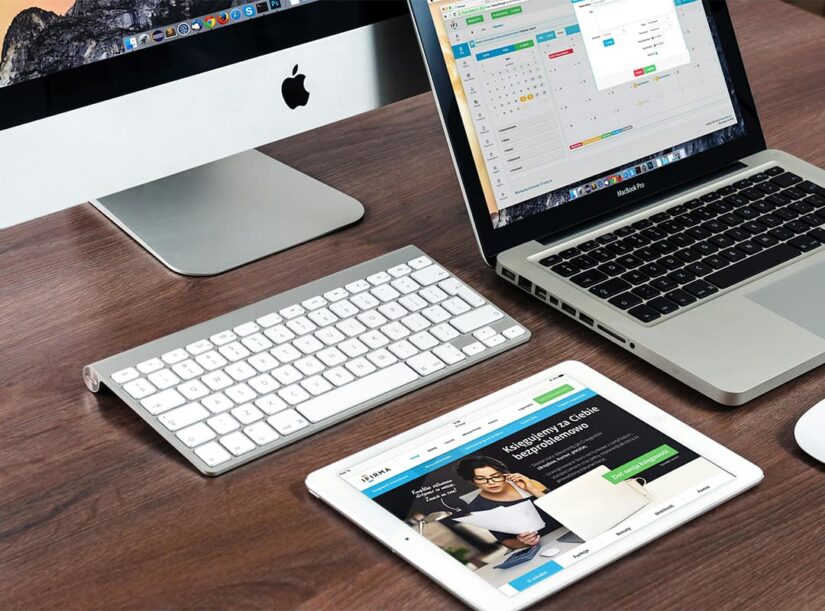A Step-by-Step Guide to Getting Started with A/B Testing for Email Campaigns
A/B testing is a powerful strategy for optimizing your email campaigns. By comparing different versions of your emails and analyzing the results, you can identify what resonates best with your audience, leading to higher engagement and conversion rates. Whether you’re new to A/B testing or looking to refine your approach, this step-by-step guide will walk you through the process of getting started.
Step 1: Define Your Objective
Before you begin testing, it’s crucial to define what you want to achieve. Are you aiming to increase open rates, boost click-through rates, or drive more conversions? Your objective will guide the entire testing process and help you determine which elements of your email to test.
For example, if your goal is to increase open rates, you might want to test different subject lines. If you’re focused on boosting click-through rates, testing the call-to-action (CTA) button or the placement of images might be more relevant.
Step 2: Choose a Single Variable to Test
A/B testing works best when you test one variable at a time. This allows you to pinpoint exactly what caused any changes in performance. Variables you might consider testing include:
- Subject line: Try different wording, length, or use of emojis to see which grabs attention.
- Email content: Experiment with different messaging, tone, or formatting.
- Call-to-action (CTA): Test the text, color, or placement of your CTA button.
- Images: Compare the impact of different images or the inclusion of images versus text-only content.
- Send time: Determine the optimal time of day or day of the week to send your emails.
Step 3: Create Two Versions of Your Email
Once you’ve chosen your variable, create two versions of your email. Keep everything else identical, except for the element you’re testing. For instance, if you’re testing the subject line, your two email versions should have different subject lines but identical content.
Step 4: Segment Your Audience
To ensure accurate results, divide your email list into two equal and randomly selected segments. Each segment should be representative of your overall audience, ensuring that the only difference between the two groups is the variable you’re testing.
Step 5: Send Your Emails
Send each version of your email to its respective audience segment at the same time. This ensures that external factors, like time of day, don’t skew your results.
Step 6: Measure the Results
After your emails have been sent, it’s time to measure their performance. Depending on your objective, you might look at metrics such as:
- Open rate: Percentage of recipients who opened the email (especially relevant for subject line tests).
- Click-through rate: Percentage of recipients who clicked on a link within the email.
- Conversion rate: Percentage of recipients who completed a desired action, such as making a purchase or filling out a form.
Step 7: Analyze the Data
Compare the performance of the two versions to determine which one achieved better results. If the difference in performance is statistically significant, you can confidently choose the better-performing version for future campaigns. If the results are inconclusive, consider running additional tests with larger sample sizes or different variables.
Step 8: Implement and Iterate
Once you’ve identified a winning variant, implement the changes in your broader email marketing strategy. However, A/B testing should be an ongoing process. Continue to test new variables regularly to keep optimizing your campaigns and stay ahead of audience preferences.
A/B testing is a straightforward yet highly effective method for improving the performance of your email campaigns. By following this step-by-step guide, you can start conducting A/B tests that provide valuable insights into what works best for your audience. Remember, even small tweaks—like a change in the subject line—can lead to significant improvements in your email marketing success. Keep experimenting, analyzing, and refining your approach to maximize the impact of your email campaigns.
